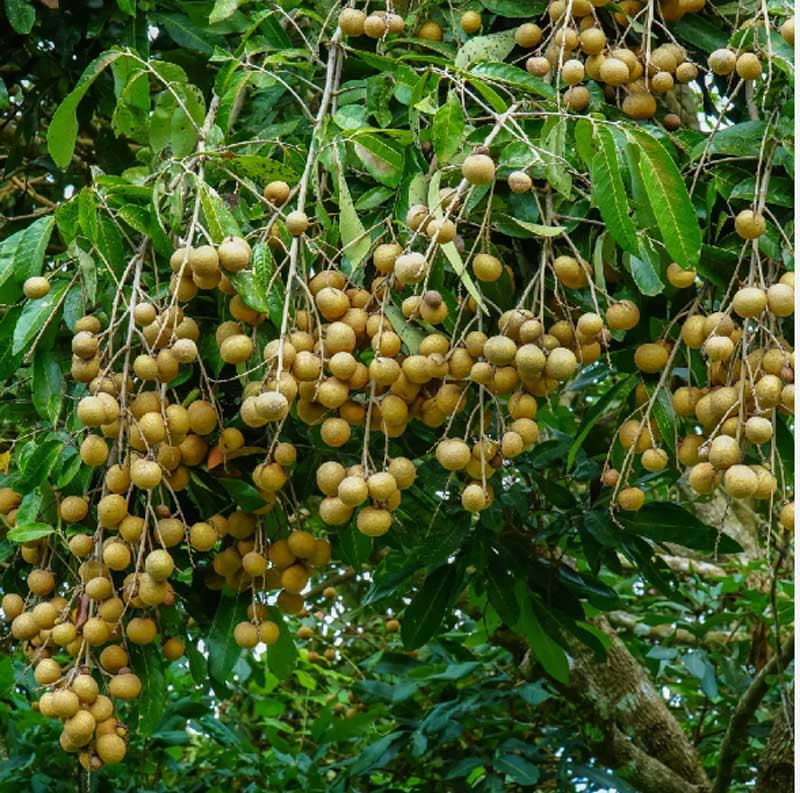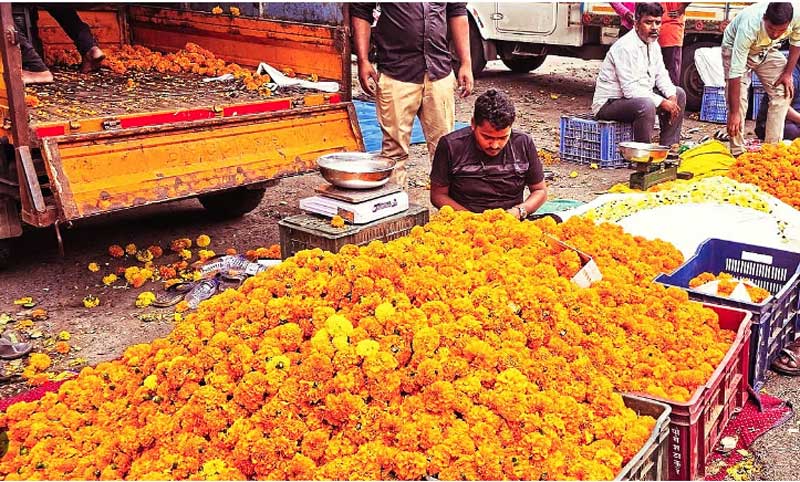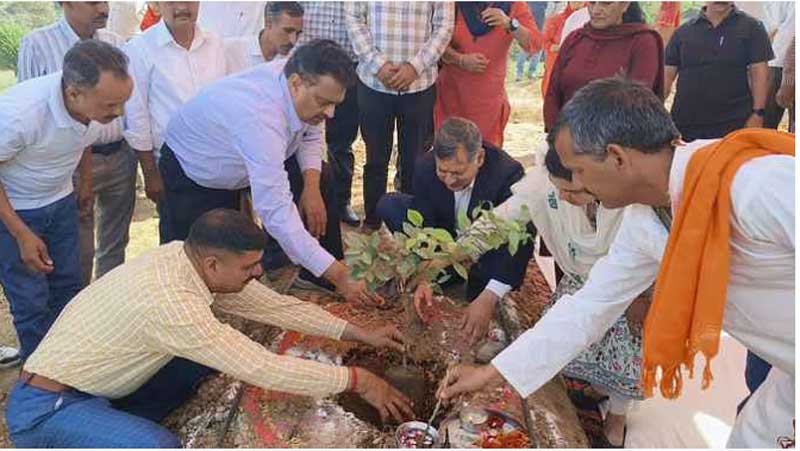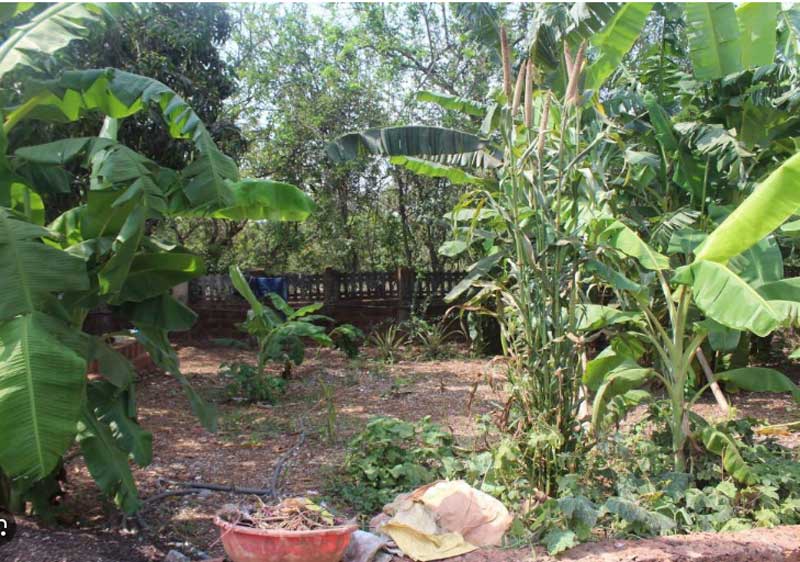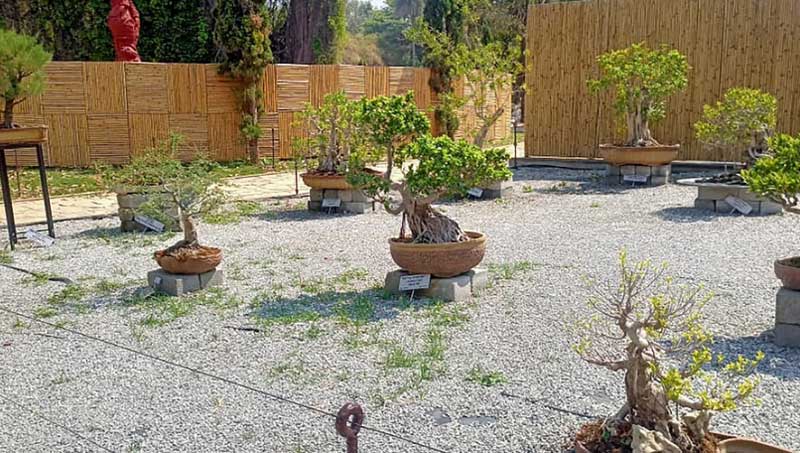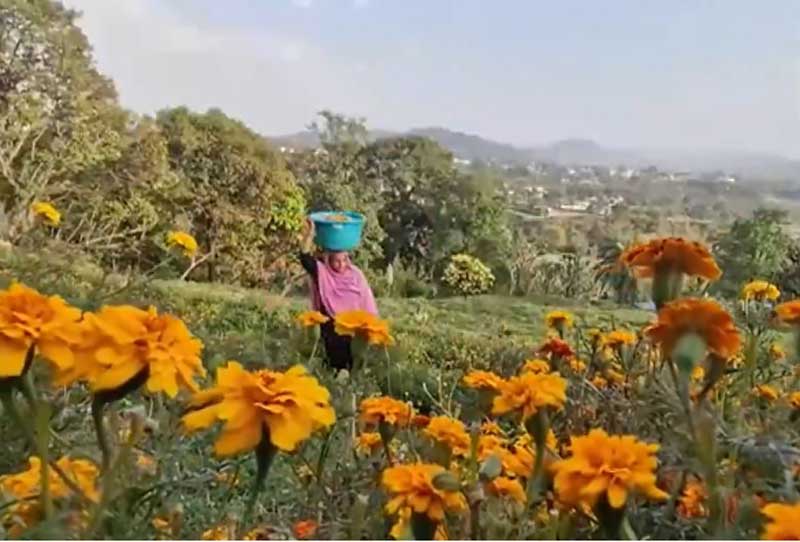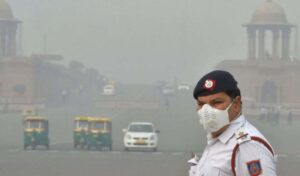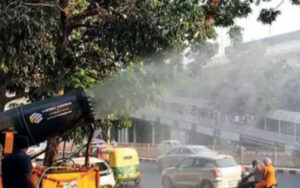Haryana envisages to manage paddy straw in 5 lakh acres through bio-decomposer app
State to bring down fire counts substantially and will attempt near elimination this year
New Delhi: In the last review meeting, Commission for Air Quality Management, (CAQM) further directed State Government including DCs concerned to ensure effective, intensified and strict enforcement of the District Plans and State Action Plan, with special focus on hotspot districts and keep a close monitoring on daily basis to eliminate stubble burning in the State.
Out of the 22 Districts of Haryana, in 09 Districts, the incidents of farm fires are nil or very minimal as per 2022 data on stubble burning. In respect of 4 Districts namely Palwal, Panipat, Rohtak and Sonipat, farm fires incidents have been brought down below 100, last year. The hotspot Districts where the farm fire incidents are more than 500 are Fatehabad, Kaithal and Jind. The other Districts of concern are Sirsa, Kurukshetra, Karnal, Ambala, Yamuna Nagar and Hisar.
Read More: Providing seamless assistance and support to farmers through AI Chatbot
Envisioning drastic reduction of stubble burning incidents in Haryana through effective enforcement of the State Action Plan, the Commission for Air Quality Management in NCR & Adjoining Areas (CAQM), has recently taken stock of preparedness of the Haryana Government to bring down stubble burning cases drastically during the paddy harvesting season of current year.
During the meeting, State Government Secretaries In-charge of Departments concerned including Department of Agriculture and Department of Environment, Haryana State Pollution Control Board (HSPCB) and District Collectors (DCs) concerned assured the Commission to take all necessary steps, actions and measures in right earnest to effectively implement the State Action Plan to achieve drastic reduction in case of stubble burning during the current paddy harvesting season.
As per the State Action Plan, the total area under Paddy is estimated to be 14.82 Lakh hectares and a paddy straw generation of non-basmati paddy is expected to be more than 7.3 million tonnes.
Read More: Rupala launches Shrimp Crop Insurance scheme developed by Agricultural Insurance Company
Four meetings have already been held by CAQM to finalize the action plan and review the preparedness and implementation of State and District Action Plans for the current paddy harvesting season. This year, CAQM has also sought the District-wise Action Plans along with the State Action Plan. CAQM has also issued Statutory Directions for strict implementation of Action Plan.
During the latest review meeting DCs of Districts concerned assured that mechanisms are in place towards management of straw in their respective districts through In-situ and Ex-situ management.
The status of availability of machinery was also deliberated upon, alongside the use of straw as fodder and management of straw through bio-decomposer application. Haryana is currently having more than 80,000 crop residue management machineries. The overall availability of machines and procurement of new machines were also reviewed. Optimal utilization of machines by mapping of demand and supply was reiterated in the review meeting.
State Government has also taken initiative to manage 5 lakh acre paddy area through Pusa Bio Decomposer and State Government will provide Pusa bio decomposer kits to the farmers, free of cost.
Read More: Ensure optimal utilisation of water resources; every drop matters, stresses Dhankhar
With the State Action Plan for the control on paddy stubble burning in place, Haryana is expected to witness drastic decline of the paddy stubble burning cases during this year. State Government representatives including Haryana State Pollution Control Board and DCs have assured that all preparations are in place to control the situation.
CAQM has repeatedly directed State Government officials including Deputy Commissioners and HSPCB to ensure effective and strict enforcement of the State Action Plan, especially in the districts where fire counts were comparatively high in the last year namely Fatehabad, Jind, Kaithal, Karnal, Kurukshetra and Sirsa.

